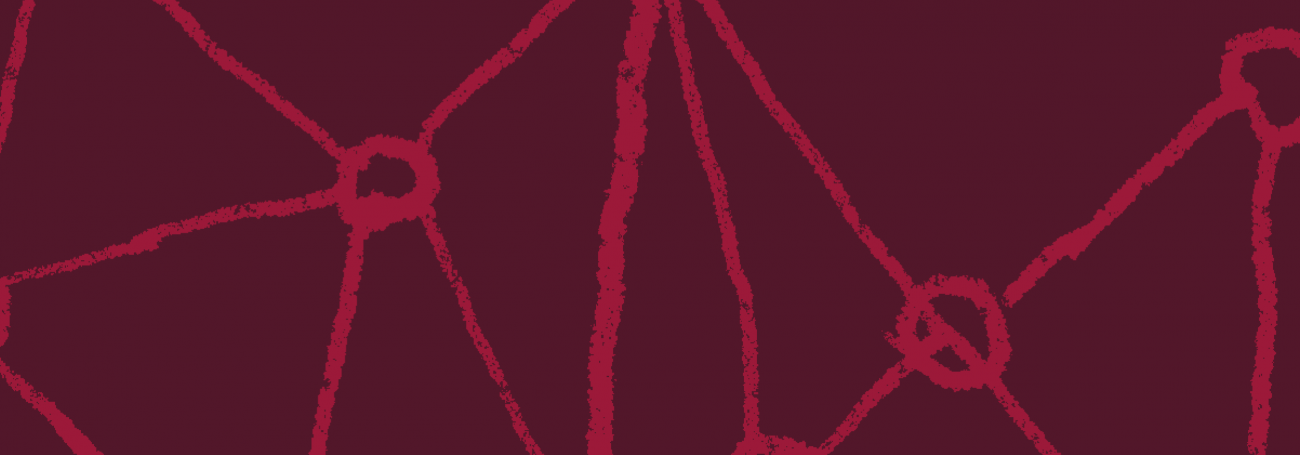Encouraging responsibility and safety
Widespread awareness and support work are essential to encourage the responsibility of each and the community as a whole. It is necessary to make it clear that inclusion has benefits for all. Preparatory work with each part of the community is important: each of them must know that they can count on the presence of the facilitators so that the dialogue takes place in a balanced way between the various parties. Each participant must be supported to assume the responsibility to engage in an authentic dialogue.
Integrating restorative justice in the wider system
Since the fundamental value of restorative justice is respect for human dignity, in a restorative city every action must favour the affirmation of human rights, and avoid the various areas of possible discrimination (gender, sexual orientation, age, socio-economic conditions, etc.). A particular focus should be placed on the relationship with criminal justice: dialogue processes including prisoners, others in alternative measures to detention, staff members of penitentiary facilities, victims and victim support services, and provision of restorative justice services in courts and police headquarters for all parties affected by the crime. For this, specific awareness-raising and training courses for justice professionals should be planned and working groups should be activated to initiate a cultural change in the country’s justice approaches.
Raising awareness about restorative justice
Restorative justice is still poorly understood, especially by non-expert citizens. To raise awareness and better inform about the potential of restorative justice for the community, it is necessary to have adequate information tools for different contexts (schools, voluntary associations, prisons, neighbourhoods, etc.), to 3 different age groups, to different social and cultural groups, to different parties involved (victims, perpetrators, families, etc.). People get involved if they clearly understand the relevance of restorative justice. The advantages of learning to solve together the conflicts that can arise in social relations should always be highlighted through participatory discussions.
Training restorative practitioners
Practitioners must be able to facilitate the involvement and participation of all parts of the community: citizens, social services, law enforcement, local administrators, schools, prisons and so on. Network building is essential for a restorative city. Professionals should be trained in universities or centres with proven expertise in both restorative justice practice and training. It is essential that the training is theoretical (restorative justice foundations, values and principles, programs), practical (exercises in the classroom allowing participants to get involved) and experiential (observation and contact with restorative justice practices in community, guided and supervised by expert trainers in restorative justice and, specifically, in restorative communities).
Dealing with vulnerabilities
Children, minorities, other than humans are important groups to reach: a restorative community takes care of all its members, especially for the most neglected, ignored, marginalised, or mistreated. To reach them, a widespread presence in the community, in schools, in host communities, in neighbourhoods, on the streets is necessary. Work in the community is a precious resource: gatherings, awareness, opportunities for meetings with citizens, as far as possible facilitated by local administrations and associations (humanitarian, religious, etc.) that share the value of inclusion.
Identifying risks and challenges
The main challenge when creating a restorative city is perhaps to accept that the transformation is not immediately visible. The processes of change in a social community take a long time and move within widespread networks. In order not to be discouraged and keep the involvement of groups and people active, it is necessary to disseminate the results that are obtained gradually. Communication at the community level is essential. To this finality, it seems useful to keep active contacts with the local press and with the various communication agencies, organise events to share the work in progress and to encourage the commitment of all to improve the well-being in the community’s life. Some risks regard the belief that restorative justice replaces criminal justice and that restorative justice is a soft response to conflict and crime without considering the consequence of harmful behaviour. Focusing on its values and principles is necessary to ensure that the complexity of the mission of a restorative city is taken into account and does not replace the social welfare system.



